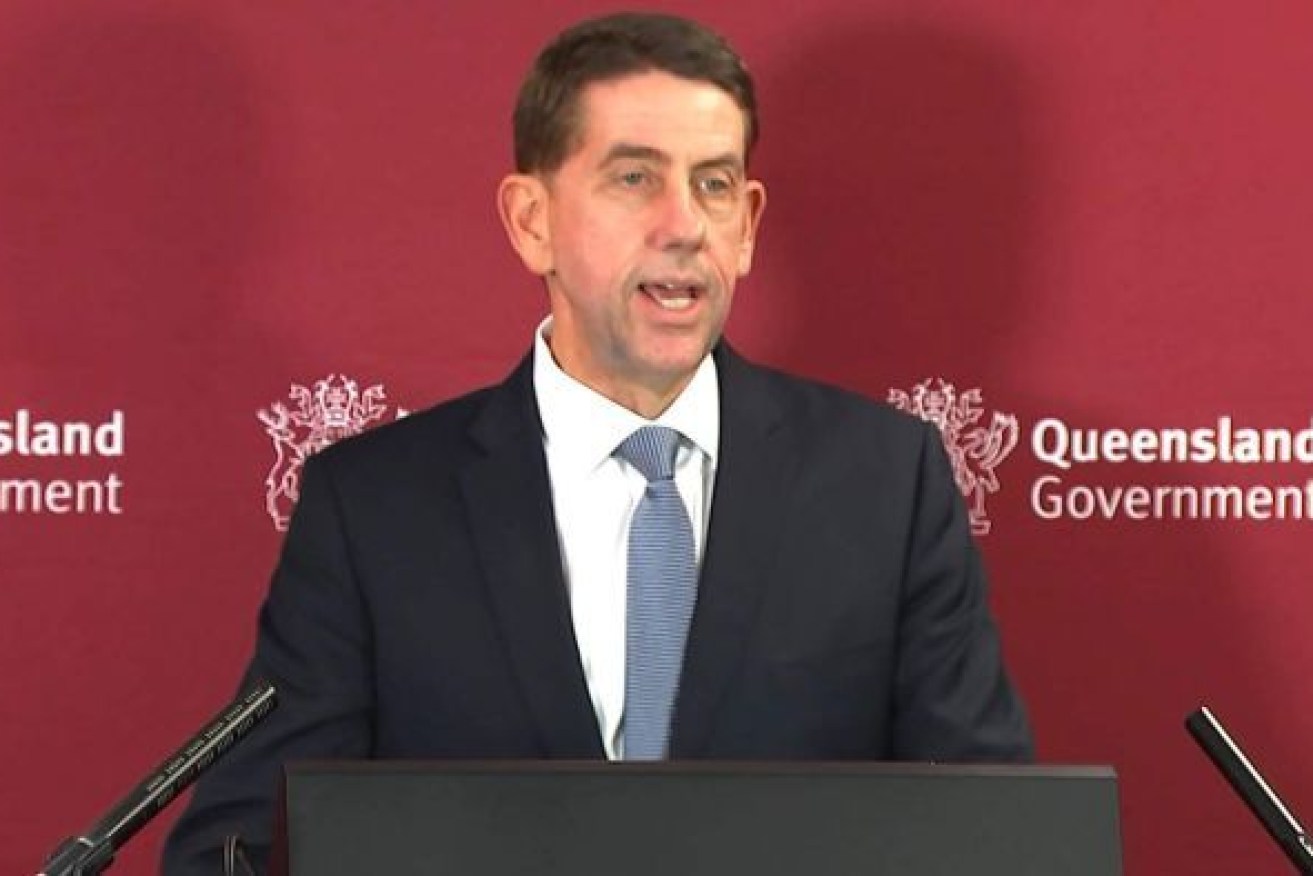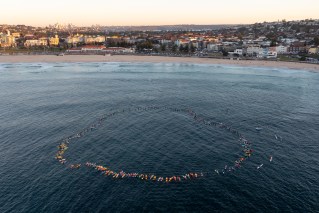Queensland’s $100b debt as Treasurer prepares to hand out $4b before the election
Treasurer Cameron Dick will hand down the next full budget in December – if Queenslanders re-elect the Palaszczuk Labor government.

(Photo: ABC)
Providing another update on the government finances today, Dick confirmed government revenue was falling, along with the state’s tax take, and borrowings were increasing.
The headline public sector borrowing figure is set to surpass $100 billion for the first time, and the government is leveraging its assets more, in line with Labor’s position against privatisation.
Dick not only defended the borrowings but sought to justify them in the current climate, pointing to low interest rates and the need for the government to do “the heavy lifting”. He suggested the $101.9 billion debt figure was misleading in comparison to other states.
The Treasurer used the occasion to announce a further $4 billion in targeted economic stimulus, again funded by borrowings. Some $500 million would go into a Renewable Energy Fund, allowing government-owned corporations to invest in the sector, while another $500 million would be used for targeted business investments at the behest of the Queensland Investment Corporation.
“When the private sector falls down, due to circumstances beyond its control, government must step up and do the heavy lifting,” Dick said.
The remainder of the stimulus would be announced “up and to the election,” the Treasurer said, and followed Reserve Bank advice for governments to boost the economy.
Treasury expects unemployment to peak at nine per cent in the September quarter, before settling back to eight per cent at the end of 2020-21. Payroll tax relief will continue, in an effort to support employers, and stamp duty will be waived for business restructures required by the recession. The government is also hiring more public sector workers, who Dick said were on the frontline in the fight against COVID-19.
Treasury’s revenue and tax take will continue to fall and, with less money coming into the budget, Dick has made the decision to take the government further into debt.
Core government borrowing has been extended more than $12 billion in a year, and in 2020-21 is expected to reach an unprecedented $60.9 billion. The debt to revenue ratio reached 76.6 per cent last financial year but will hit 108.3 per cent this year.
Government-owned corporations’ debt, counted separately on the balance sheet, will hit $93.1 billion – more if leases are included, and 159 per cent on a debt to revenue basis.
Dick said “strong borders” kept the Queensland economy strong and suggested the increased borrowings came with no added impost.
The government will also work with Queensland councils to refinance their debts and free up more money for capital works, taking advantage of low interest rates.
“Strong borders enable a stronger local economy,” Dick said.
Labor is promising a rolling savings and debt repayment program, to redirect $3 billion over four years, however it has yet to restate its core budgetary principles. The budget update gives a two-year horizon, not four years as normally occurs, although Dick said Labor had no plans for tax hikes.
Dick promised to deliver a full budget on December 1, followed by estimates committee scrutiny, if Labor was re-elected on October 31.
“I’m very, very confident about fighting the Queensland election on the basis of Labor’s excellent management,” Dick said.
The Opposition has yet to formally respond to the latest budget update. The unofficial campaign has already started, however, and politicians will be trading economic blows on the hustings, not just seeking to poke holes in policy costings.
While Labor will have billions of dollars to announce ahead of the election, and the Liberal National Party will make its own spending commitments, the campaign will likely be mired by claims and counterclaims over service cuts, tax hikes, and asset sales. This is in addition to the ongoing debate over whether border restrictions have boosted or undermined the Queensland economy – and whether the health response is sustainable.
Today Dick also announced a restructure of government agencies to improve productivity and efficiency. The Public Safety Business Agency will be absorbed back into the Queensland Police Service and the Queensland Fire and Emergency Services, while the Queensland Productivity Commission will go into Treasury, as will Building Queensland. There will be no forced redundancies, he said.
The operating balance has gone from a slim surplus to a $5.8 billion deficit in 2019-20, and $9.3 billion in the red in 2020-21. The negative fiscal balance has more than doubled since the mid-year budget review, to $9.3 billion, and is forecast to hit $13.1 billion by the end of 2020-21.
However, the forecasts are predicated on the economic recovery having already started and Queensland continuing to hold COVID-19 at bay, with a vaccine available in mid-2021. Treasury state that “a key assumption underpinning these forecasts is that the spread of the virus remains contained in Queensland and restrictions continue to be gradually unwound, with the majority of general economic and social activity gradually returning to ‘normal’ over the forecast period”.
Dick said Treasury made no assumptions about the duration of Queensland’s border restrictions. If Queensland moved to a Victorian-style lockdown, however, the hit to economic growth would be another $3.1 billion each month.












